Jan 07, 2023
Pneumatic cylinder as the core component in the pneumatic system, Due to its simple working principle, easy operation, stability and reliability,the air cylinder plays an indispensable role in industrial automation, mechanical manufacturing, aerospace and other industries.
pneumatic cylinder working principle is to guide the piston to perform axial motion inside the cylinder barrel through changes in air pressure to complete the work. At the same time, various accessories can be installed on the piston rod outside the pneumatic cylinder to complete the clamping, translation, rotation and other work of the object.
Precise driving and positioning of mechanical parts can be realized by accurately controlling the air pressure change inside the cylinder, so as to meet the requirements under various complex working conditions.
Pneumatic Cylinder usually has two modes: single acting and double acting, but the basic working principle is to use compressed air to push the piston inside the cylinder, thereby driving the piston rod outside to Perform axial or rotational motion.
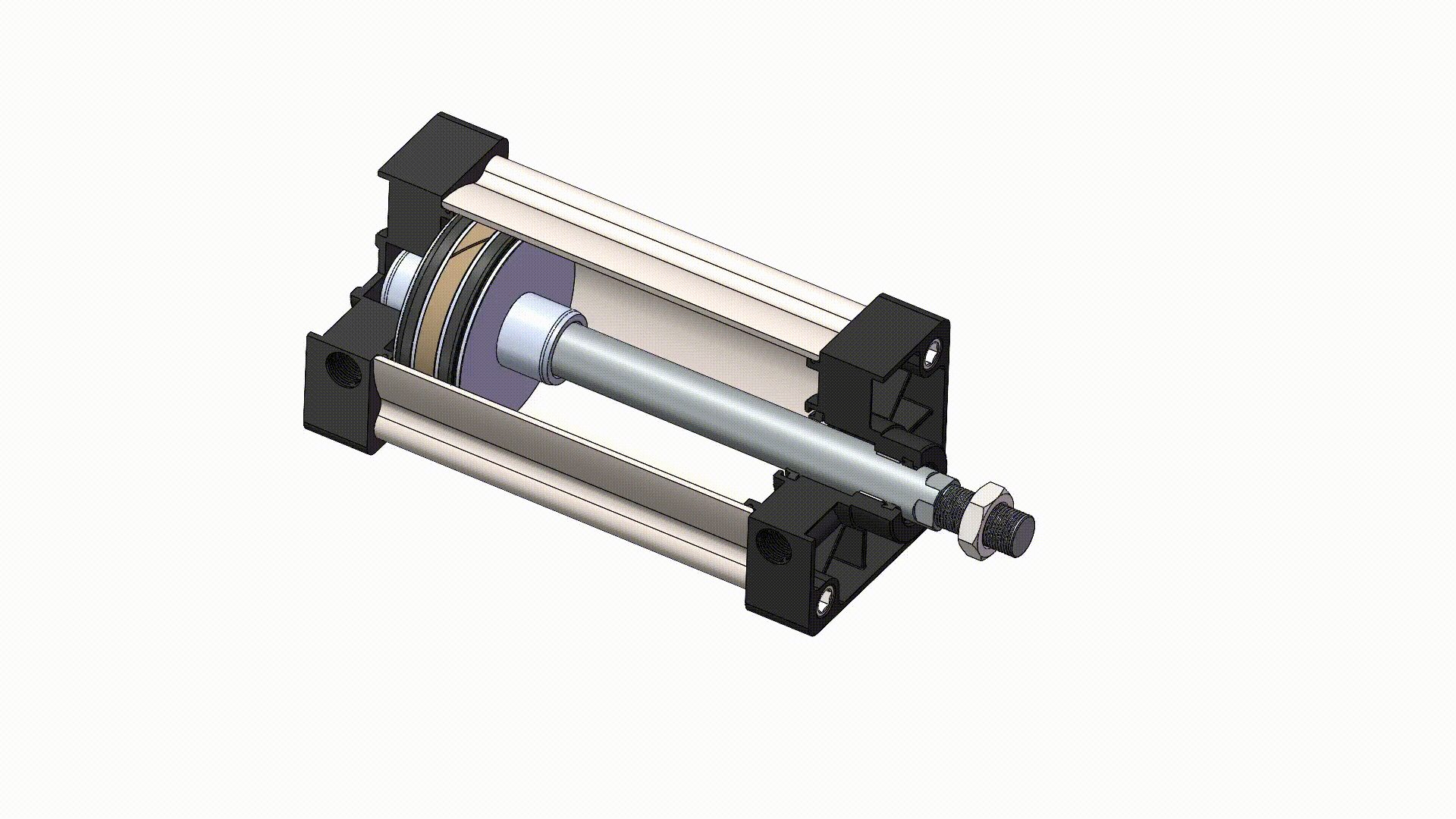
A double-acting pneumatic cylinder works by using compressed air to move the piston in two directions, enabling both extension and retraction. During extension, air is supplied to one end of the cylinder, pushing the piston and extending the piston rod, while air at the other end is vented out. During retraction, the airflow is reversed, with air entering the opposite end of the cylinder to push the piston back, retracting the piston rod, while air from the extended side is expelled. This bidirectional operation is controlled by regulating the direction and pressure of the air, allowing for precise control of linear motion.
A single-acting pneumatic cylinder works by using compressed air to move the piston in one direction, typically extending the piston rod. When air enters one side of the cylinder, it pushes the piston outward. Upon releasing the air, a spring returns the piston to its original position, retracting the piston rod. The cylinder relies on air pressure for extension, while retraction is powered by a spring.
In summary, a double-acting pneumatic cylinder and single-acting cylinder have different working principle.Double acting cylinder features a springless design and uses a dual-air inlet structure to control the movement of the piston rod. It offers a longer stroke, strong and stable force in both extension and retraction, comes with a slightly higher cost, and has a more complex structure, making it suitable for heavier load applications;A single-acting cylinder, on the other hand, has a built-in spring, uses a single air inlet, provides uneven force between extension and retraction, is more cost-effective, and is ideal for light-load applications.
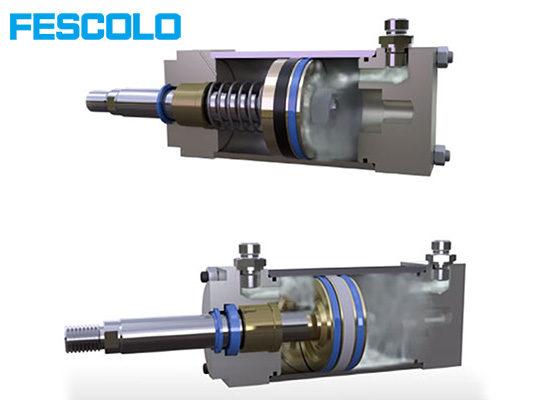
The pneumatic cylinder converts the pressure energy of the compressed air into mechanical energy through pneumatic transmission, and then the driving mechanism realizes linear reciprocating motion, swinging or rotating motion.This process is achieved through the continuous operation of the cylinder piston.Therefore, it is also called compressed air cylinder.
In simple terms, the internal structure of the pneumatic piston cylinder is similar to a syringe, with cylinder barrel, piston, piston rod and other structures. The difference is that the syringe empties the fluid in the syringe by input of external force, while the cylinder pushes the piston and piston rod by input of compressed air to output external force.
The cylinder can be divided into single-acting cylinder and double-acting cylinder according to different structures and working modes.
The piston of the single-acting cylinder only supplies air on one side, pushes the piston by air pressure to produce thrust to stretch out, and returns by spring or dead weight.
The double-acting cylinder has air pressure on both sides of its piston, and the forward or backward movement is realized by controlling the change of air pressure on both sides.
The pressure calculation formula for air operated cylinder: Force=Pressure x Piston Area
Steps:
Calculate the Piston Area: If the piston is circular, you can calculate the area using the formula for the area of a circle.
Calculate the Force: Once you know the piston area and the air pressure, you can calculate the force by multiplying the pressure by the area.
The force generated by a pneumatic air cylinder is determined by the air pressure and the piston area. Simply put, the higher the air pressure and the larger the piston area, the greater the force produced.
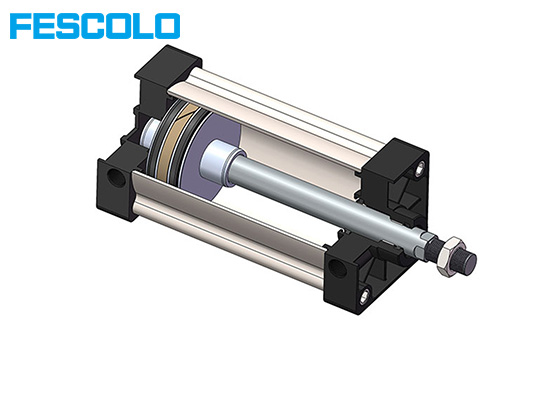
The main parts of the air operated actuator include:
◆ Barrel: the inner cylindrical hole of the cylinder block is the place where the piston moves.
◆ End cover: It includes the cylinder head and other possible end covers (such as the sealing cover at both ends of the cylinder block). It is used to close the cylinder and connect with other parts. The intake valve and exhaust valve are installed on it.
◆ Piston: the piston reciprocates in the cylinder under the action of compressed gas. The piston is provided with a sealing ring to prevent air leakage between the left and right ends when the piston is working.The repeated movement of the cylinder piston is the most direct manifestation of cylinder operation.
Generally, wear rings are also provided to improve the guiding property of the piston, reduce the wear of the piston seal ring, reduce the friction resistance and extend the service life.
Some models also have a built-in magnet, which is used to cooperate with the magnetic switch outside the cylinder for position detection.
◆ Piston rod: the piston rod is connected to the actuator outside the piston and the cylinder to transfer the reciprocating motion of the piston and output mechanical energy.
◆ Seals: including O-ring, cover packing, cushion gasket and various sealing rings inside and outside the cylinder. Generally, they are used to realize the sealing between various parts of the cylinder and prevent gas leakage. The selection and installation of seals have an important impact on the performance and life of the cylinder.
In addition to the above main parts, the cylinder may also include auxiliary parts such as bushing, dust ring and sensor. These parts work together to enable the cylinder to work stably and reliably under various harsh
environments.
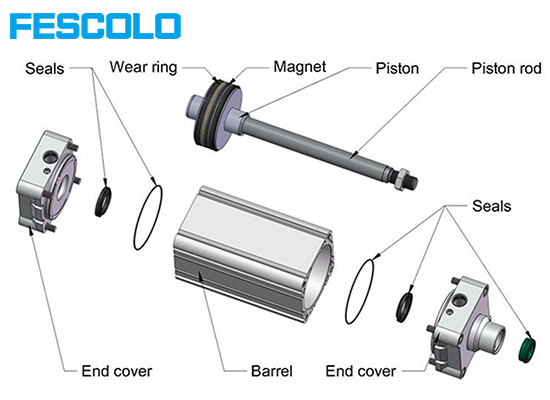
As an important component in mechanical transmission, the air operated cylinder is classified in a variety of ways. The common cylinders are:
◆ Standard Cylinder: have uniform dimensions and interface standards, easy to install and maintain, and can install various accessories. Widely used in various industrial automation equipment and production lines.
◆ Rodless Cylinder: without conventional rigid piston rods, reciprocates directly or indirectly with the piston. It can be divided into mechanical coupling and magnetic coupling. Especially suitable for small cylinder diameter and long stroke.
◆ Rotary Cylinder: the output shaft swings, and the swing angle is less than 280 °. It is used for rotating, turning over and classifying objects and other occasions requiring swinging motion.
◆ Compact Air Cylinder: compact structure and small volume, suitable for occasions with limited installation space. Widely used in electronic, medical, packaging machinery and other high-precision, high-frequency use of the industry.
◆ Dual Rod Guided Air Cylinder: dual rod pneumatic cylinders have a certain anti-torsion and anti-side load capacity,which allows them to carry a certain amount of lateral force.
Guided pneumatic cylinder adds another high-precision guided rod, and equipped with high-performance sealing ring and dustproof design, which ensures stable piston motion and reduces leakage. It is used to achieve high-precision linear motion or load guiding.
◆ Mini Pneumatic Cylinder: also known as mini air cylinder pneumatic or mini air cylinder, it has small volume, light weight, sensitive action, and is easy to install and process. It is widely used in situations where installation space is small and small motion control is required.
◆ Stopper Cylinder: cylinder type, roller type, roller lever type and other types, mainly used on conveying line to stop moving articles.
◆ Rotary index table: the rotary index table is an actuator of worm gear and worm structure, which can realize circular rotation motion and index function. Commonly used in mechanical manufacturing, industrial automation, engineering measurement and other fields.
In addition, according to different air cylinder manufacturers, the common series form our neumatics air cylinder catalog are:
◆ ISO6431(ISO15552) Pneumatic Cylinder
◆ Airtac Standard Pneumatic Cylinder
Fokca(Fescolo)is a pneumatic cylinder supplier. As a leading Chinese supplier in this field, we specialize in providing high-quality, precision-engineered cylinders designed for a variety of applications.
Our products are widely used in robotics, automation, and other industries where compact and efficient solutions are essential. If you want to learn more about cylinders and their benefits in applications, please contact us.
We offers a wide range of articles, videos and other resources on cylinders to help you better understand their working principles,You can click here to view more articles.
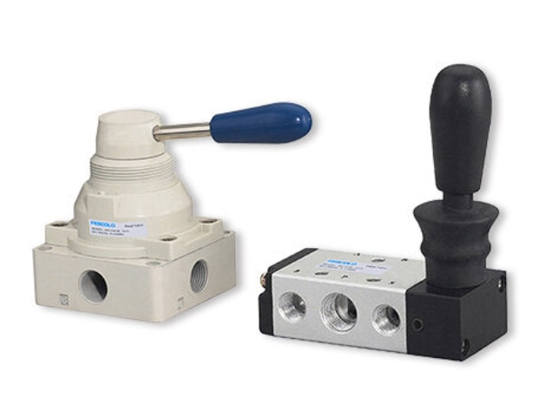 Comprehensive Analysis of Industrial Mechanical Valves: Structural Principles, Functional Advantages, and Key Differences Compared to Bioprosthetic Valves
Comprehensive Analysis of Industrial Mechanical Valves: Structural Principles, Functional Advantages, and Key Differences Compared to Bioprosthetic Valves
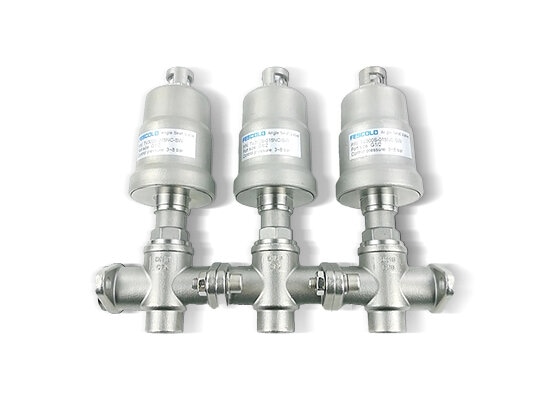 The Ultimate Guide to Pneumatic Control Valves
The Ultimate Guide to Pneumatic Control Valves
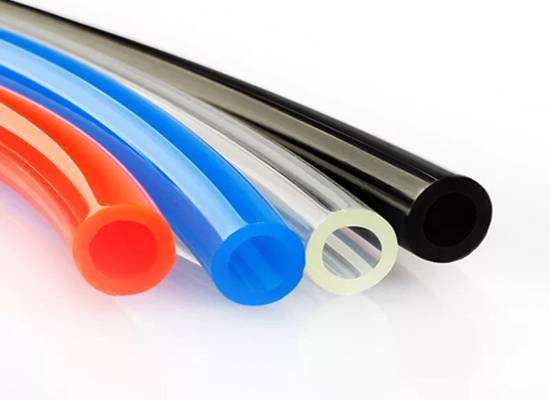 Comprehensive Guide to Pneumatic Air Tubing: Types, Sizing & maintenance for 2025
Comprehensive Guide to Pneumatic Air Tubing: Types, Sizing & maintenance for 2025
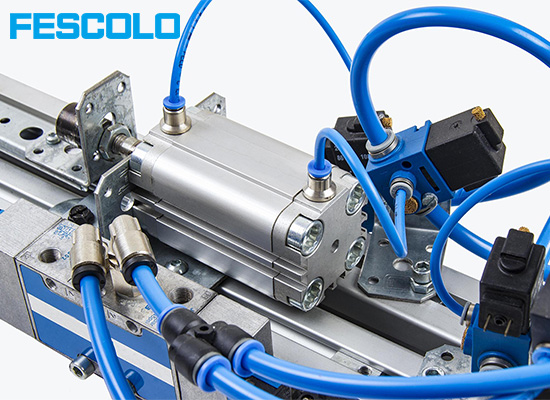 Pneumatic Tubing Explained: Types, Materials, and How to Choose the Right One for Your System
Pneumatic Tubing Explained: Types, Materials, and How to Choose the Right One for Your System
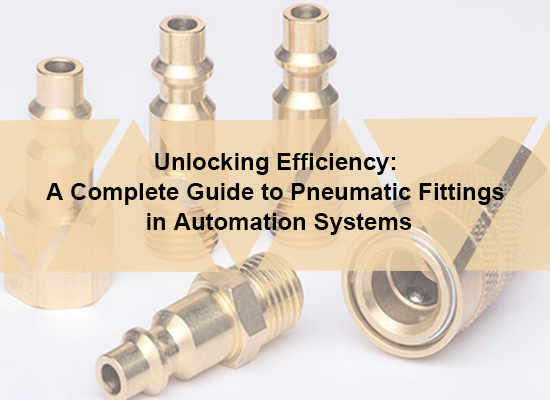 Unlocking Efficiency: A Complete Guide to Pneumatic Fittings in Automation Systems
Unlocking Efficiency: A Complete Guide to Pneumatic Fittings in Automation Systems
You May Interest In
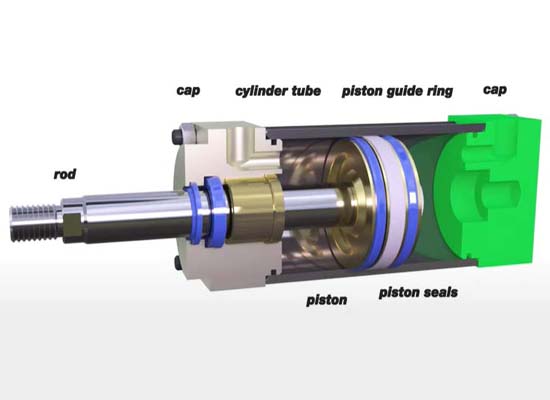
Apr 23, 2025 Blog
Exploring the Critical Parts of a Pneumatic Cylinder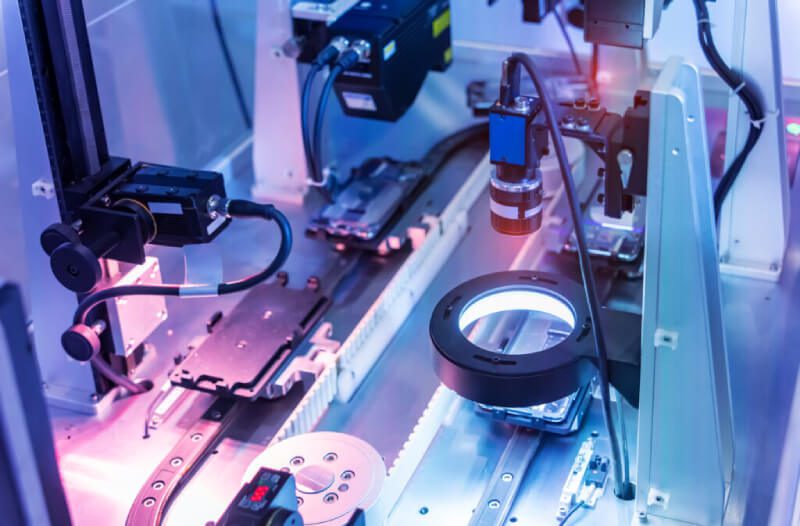
Apr 23, 2025 Blog
anti-rotation cylinder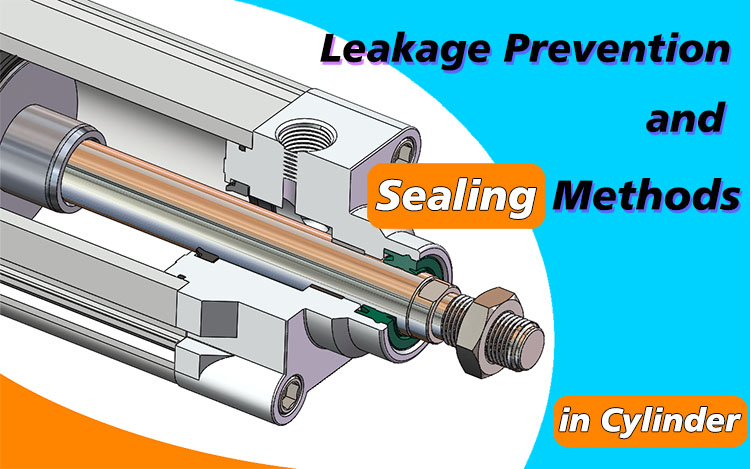
Mar 28, 2025 Blog
Leakage Prevention and Sealing Methods in Cylinder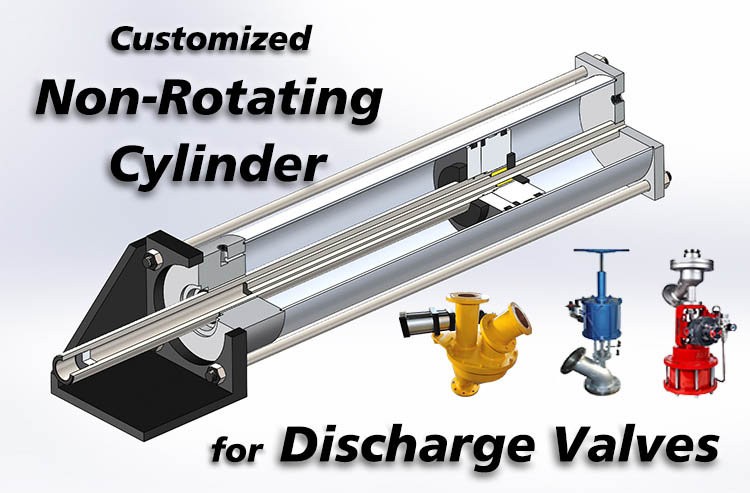
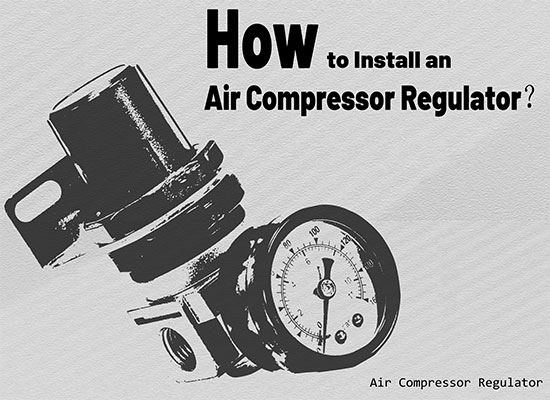
Mar 18, 2025 Blog
How to Install an Air Compressor Regulator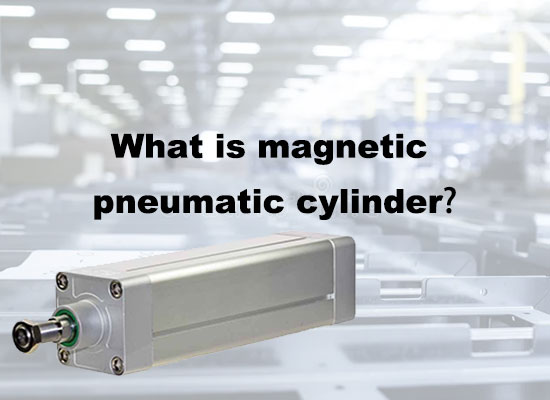
Mar 13, 2025 Blog
What is Magnetic Pneumatic Cylinders?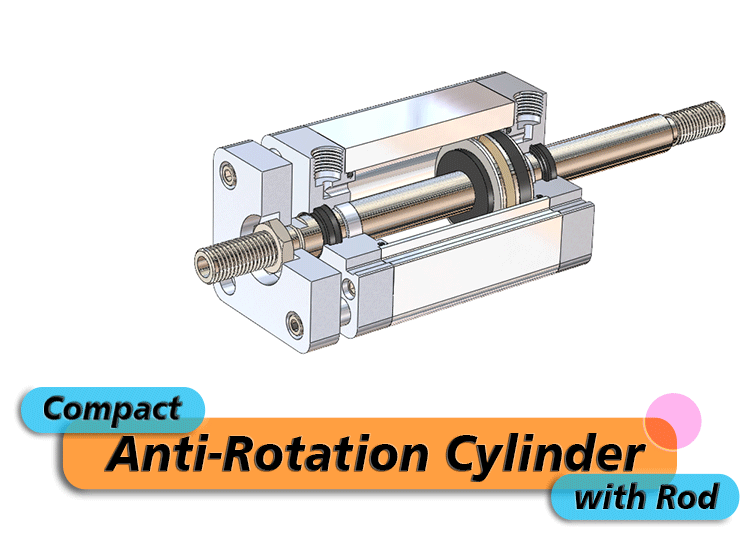
Mar 10, 2025 Blog
Compact Anti-Rotation Cylinder with Rod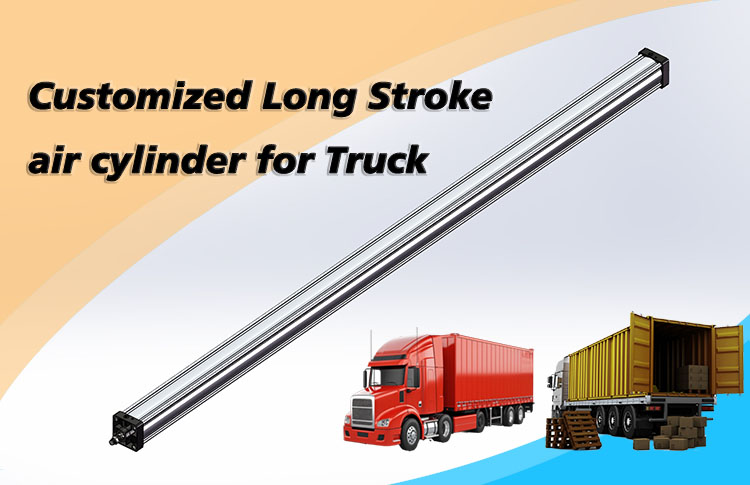
Mar 10, 2025 Blog
Customized Long Stroke Air Cylinder for Truck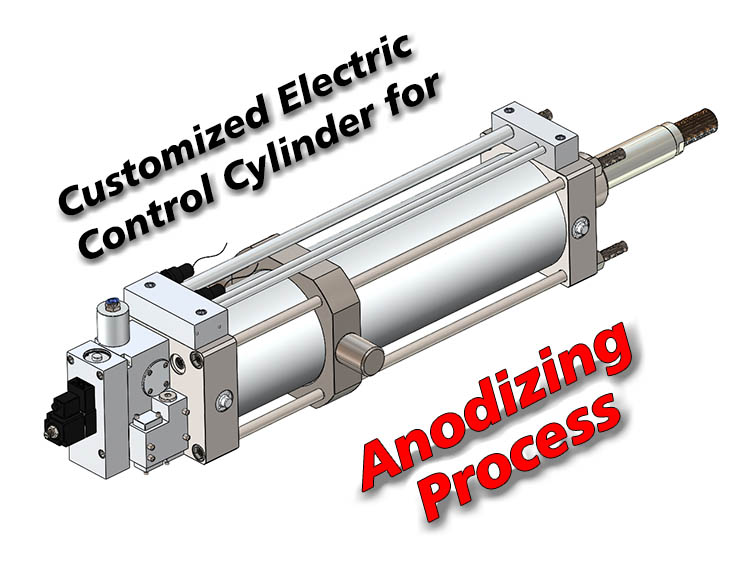
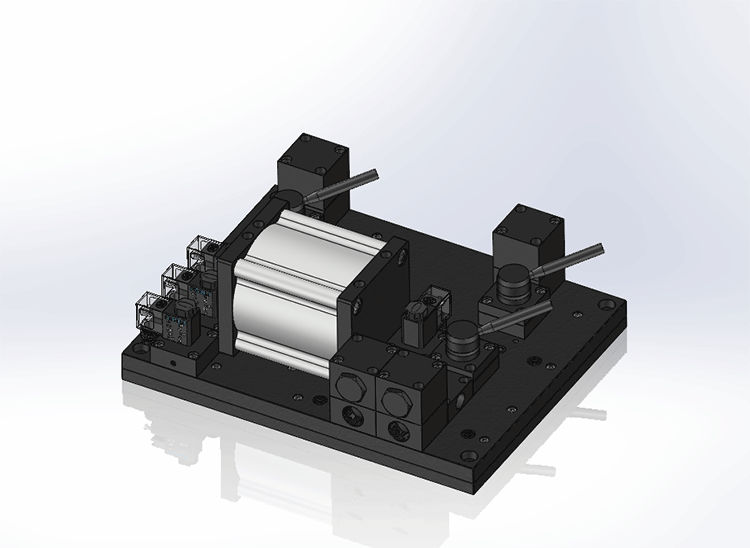
Mar 10, 2025 Blog
Customized Combination Manifold Valves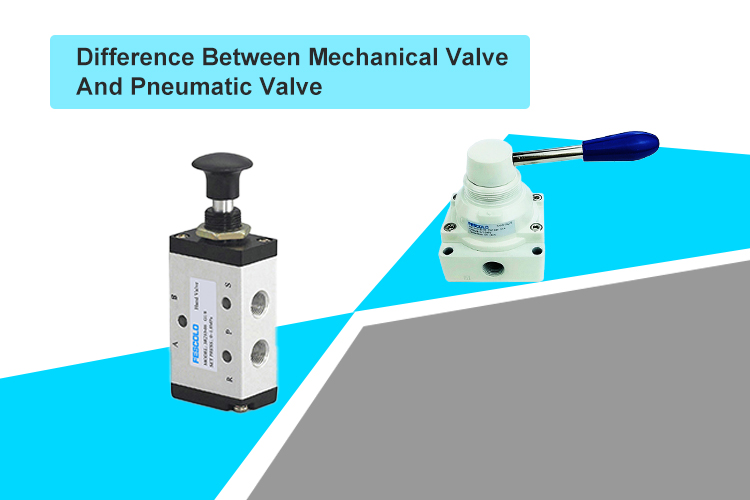
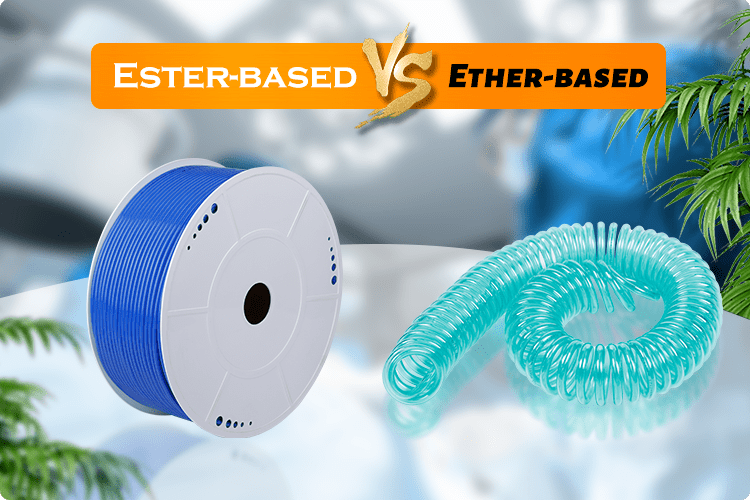
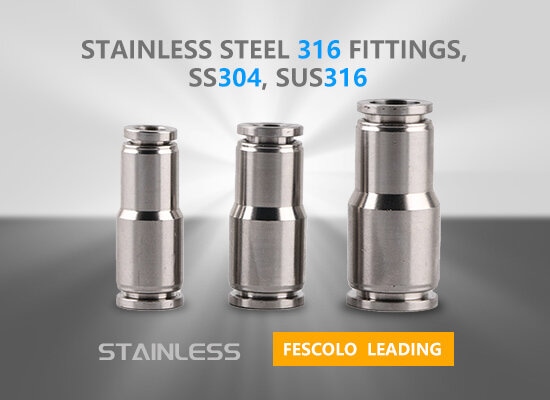
May 16, 2019 Blog
STAINLESS STEEL 316 FITTINGS, SS304, SUS316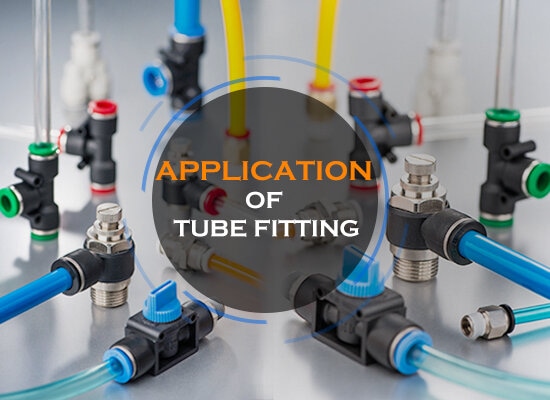
May 03, 2018 Blog
Application Of Tube Fitting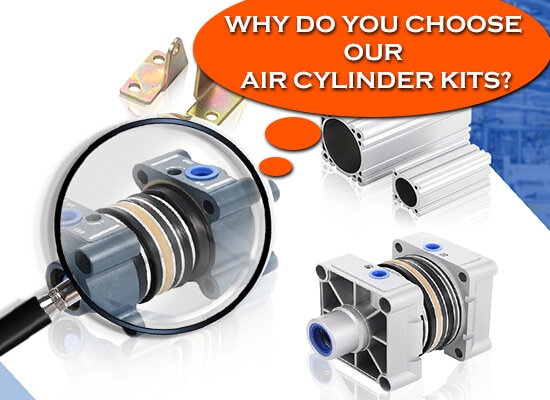
Jun 08, 2018 Blog
Why Do You Choose Our Air Cylinder kits?
Feb 09, 2018 Blog
How much you know about globe valve?FOKCA ©1998-2025 Fescolo Pneumatic All Rights Reserved Sitemap